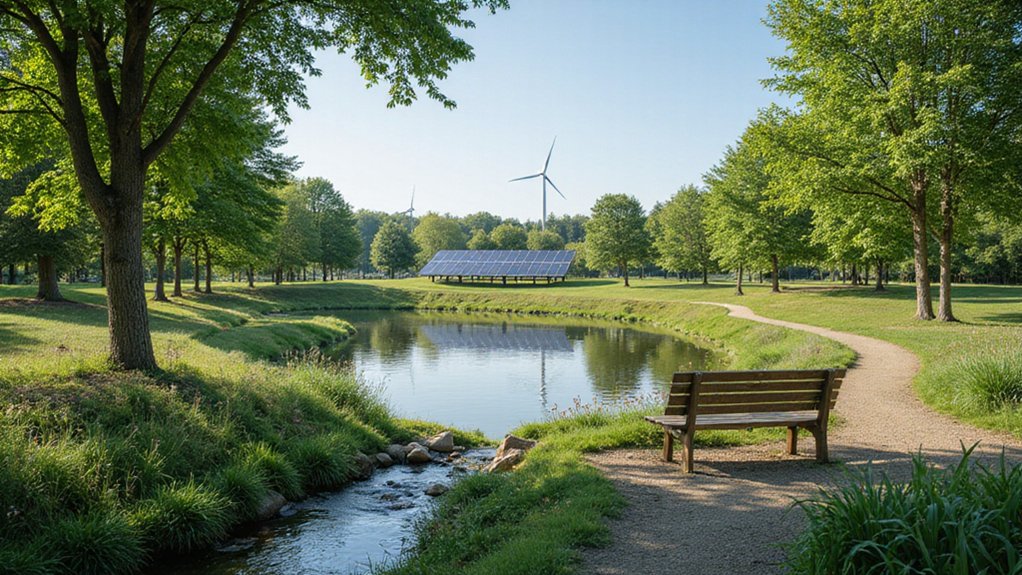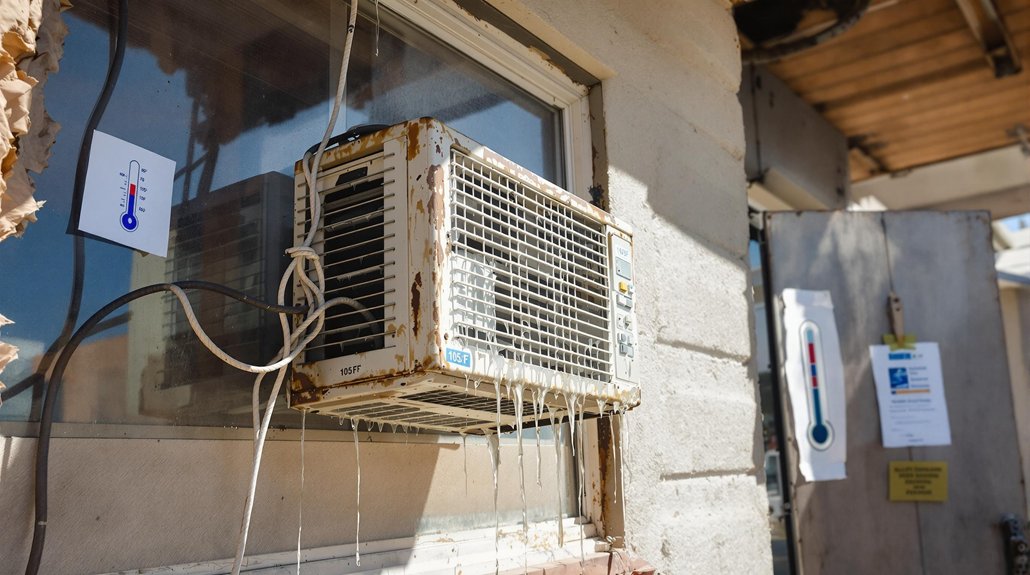Hospitals across the nation are turning to green spaces as a powerful healing tool. These natural environments aren’t just pretty additions—they’re showing real results for patients, staff, and communities. Studies reveal patients with access to gardens recover faster and need less pain medication. Hospital workers report lower stress levels when green areas are available. The financial benefits are substantial too, with reduced energy costs and improved air quality. What makes these healing gardens work so effectively?
Why are more hospitals adding gardens, plants, and natural elements to their facilities? Research shows these green elements deliver powerful health benefits to patients, staff, and the bottom line. Studies reveal that simply seeing greenery helps lower stress levels in both patients and healthcare workers. When people can view or access natural spaces, they feel less anxious and more relaxed.
Patients exposed to green spaces often recover faster than those without access to nature. They report less pain and need fewer medications. Recovery rates improve, and hospital stays may become shorter. Nature views help distract patients from discomfort and enhance their overall wellbeing, even for those who are critically ill.
Healing accelerates when patients connect with nature, reducing pain, medication use, and hospital time.
The benefits extend beyond mental health. Green spaces are linked to lower blood pressure and reduced stress hormones. People near hospital greenery show decreased rates of heart disease and stroke. Plants also slow biological aging and reduce chronic inflammation, while outdoor areas encourage more physical activity. Walking in these natural settings can promote well-being through what experts call forest therapy, calming neuronal activity.
Hospital plants clean indoor air by removing carbon dioxide and harmful compounds. Outside, vegetation lowers air temperature and reduces heat stress. Green roofs and walls add insulation, cutting energy needs. Indoor plants naturally humidify air, which can reduce headaches for building occupants. Much like solar panels that operate carbon-neutrally for decades, hospital greenery provides sustained environmental benefits throughout its lifespan.
These natural elements create significant cost savings. Hospitals with green features spend less on heating and cooling. Faster patient recovery potentially reduces the length of hospital stays. Staff retention improves in pleasant work environments, cutting turnover costs. Employees take fewer sick days and show better cognitive function in greener settings.
The community benefits too, especially when hospitals offer public access to their green spaces. Local residents gain places to relax and connect with nature. Similar to urban parks, hospital green spaces provide cardiovascular health benefits for underserved populations at higher risk of heart disease. This investment in green infrastructure proves to be cost-effective when compared to long-term healthcare expenses.
Hospital gardens and green spaces aren’t just pleasant additions—they’re powerful, practical tools that improve health outcomes for everyone involved.
References
- https://pmc.ncbi.nlm.nih.gov/articles/PMC10556109/
- https://www.thecardiologyadvisor.com/features/green-spaces/
- https://www.nm.org/healthbeat/medical-advances/science-and-research/the-heart-health-benefits-of-urban-green-and-blue-spaces
- https://forestrynews.blogs.govdelivery.com/2017/11/15/healthcare-facilities-using-green-spaces-to-help-in-healing/
- https://www.elca.info/doc/Green and healthcare.pdf








